All teachers face the same question every day: How do I know if (and what) my students learned? Formative assessment—informal monitoring of students’ progress in a class—can help answer this question. It’s a way for teachers to check in on their students’ learning and inform teaching.
Ok, that all sounds good. “But where do I start?” you may ask. Here are some tips for incorporating formative assessment into your teaching practice.
1. Make sure you have clear objectives.
Knowing what you want students to learn during a lesson is the first step to take when you want to implement formative assessment. Having clear statements of what you want students to be able to know or do will help you clarify your objectives.
All five books in the Pathways Listening, Speaking, and Critical Thinking series were developed with clear objectives for each unit. The corresponding Teacher’s Books have the objectives clearly noted in a box at the beginning of each section. This example is from the Level 2 Teacher’s Book. The Vocabulary lesson starts with the objectives set off in a yellow box for teachers to reference.
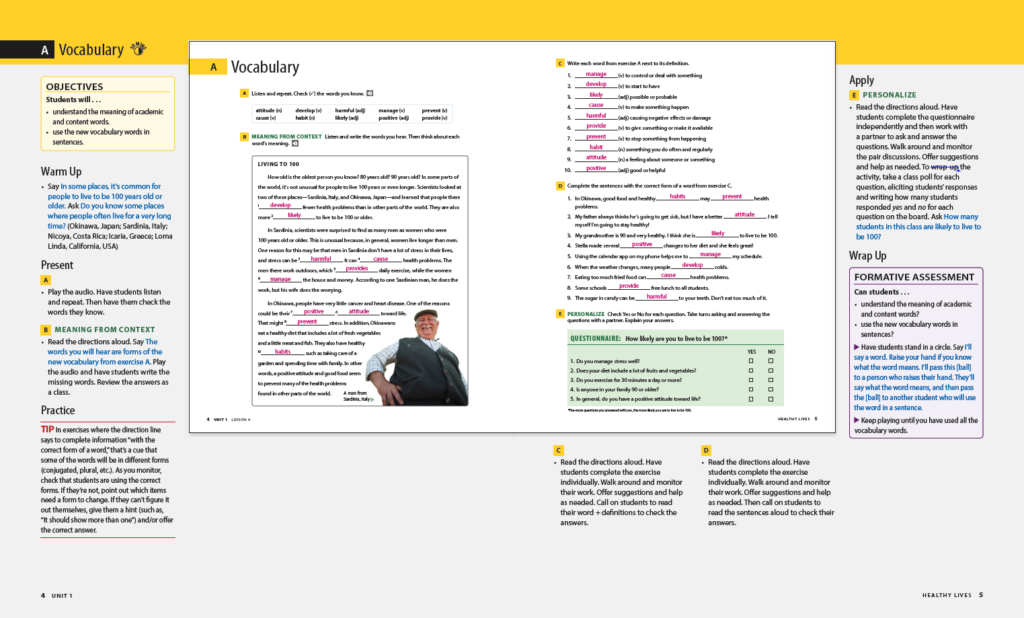
2. Plan for formative assessment.
Once you have a clear idea of what you want your students to learn, you can plan to do a formative assessment activity during the lesson to monitor students’ progress toward achieving the objectives. You can find an exercise in your textbook that gets students to demonstrate their learning or create your own activity.
The examples below show a few different formative assessment activities in Pathways Listening, Speaking, and Critical Thinking that give students the opportunity to demonstrate their mastery of the target skills taught in a lesson or unit. The corresponding ‘Formative Assessment’ boxes in the Teacher’s Books instruct teachers on what to look for to assess students’ progress and provide additional formative assessment ideas.
Personalization activities are an effective, non-intimidating way to assess how students are using target language in practice. This activity at the end of a Vocabulary lesson from Pathways Listening & Speaking, Level Foundations encourages students to use new words and noun suffixes in a partner conversation that the teacher can monitor.
Formative assessment activities can also take the form of a project, presentation, or more intensive activity at the end of a unit. In this ‘Final Task’ exercise from Pathways Listening & Speaking, Level 1, students interview their classmates, which allows them to form connections with their peers while demonstrating mastery of the target grammar.
3. Collect and track data.
Gather and keep track of the information you learn from formative assessment activities. There are various ways to do this, and it will depend on the objectives you are monitoring. For example, you could write down observations in a notebook, have students respond to questions in writing, or have students send you recordings of themselves speaking. For the formative assessment activities in the example Vocabulary lessons above, you could write down which words students have trouble defining or using in sentences.
4. Use the information to inform instruction.
Once you have some data about students’ understanding from one or several lessons, you can see what content you may need to revisit. For example, if students struggled to recall the new vocabulary words and their definitions, you could review them at the beginning of your next class. If the main ideas and details of a listening were not grasped very well, you could play the audio again and provide students with the script to help them read along. If reading the script helps them comprehend the listening passage better, you can then start to understand what support they may need with listening, such as recognizing linked words. Or if students had difficulty using a grammar point in conversation, you can plan another activity that students need to use that grammar form to complete.
5. Remember that formative assessment is about the journey, not the destination.
Learning takes time and practice. Formative assessments measure your students’ development of abilities and knowledge. Knowing what they don’t know is as important as knowing what they do know. The more information you have about your students’ abilities and knowledge, the better prepared you will be to fill in holes and also help students to stretch themselves.
Now in its third edition, the Pathways series sets students up for success in and out of the classroom with highly visual, real-world content and rigorous language instruction.


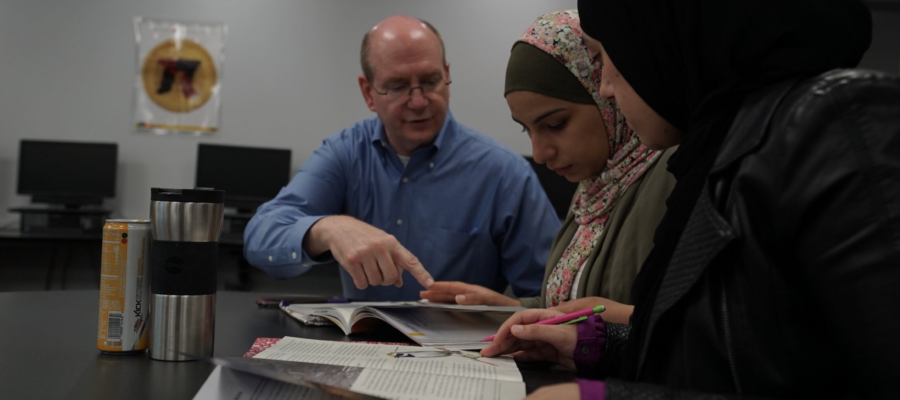
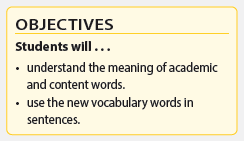
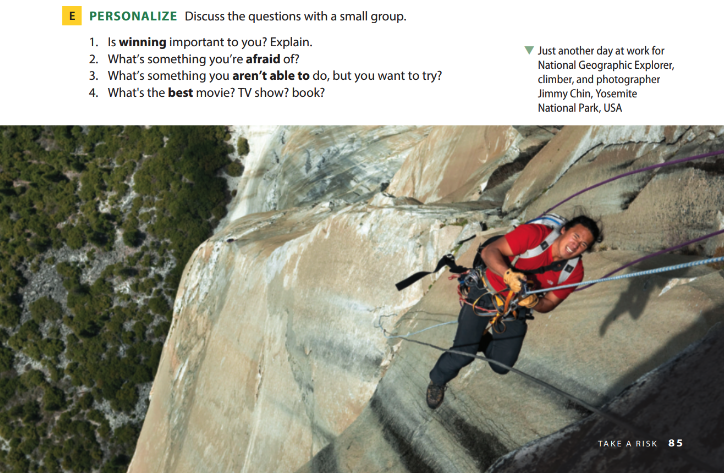
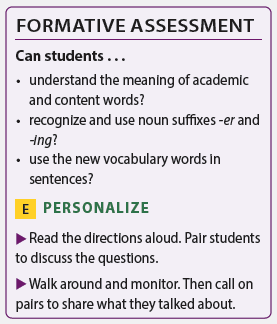
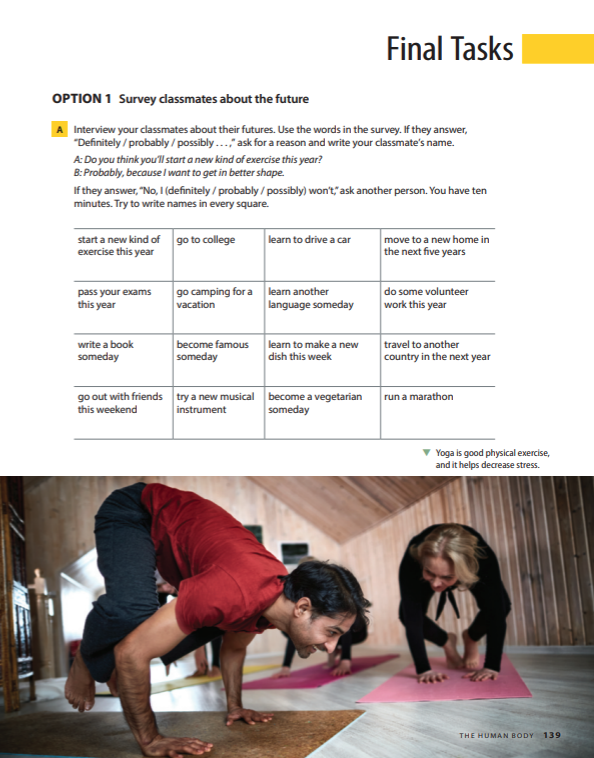

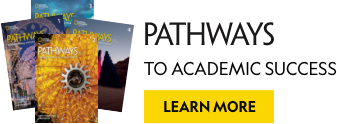
GOOD